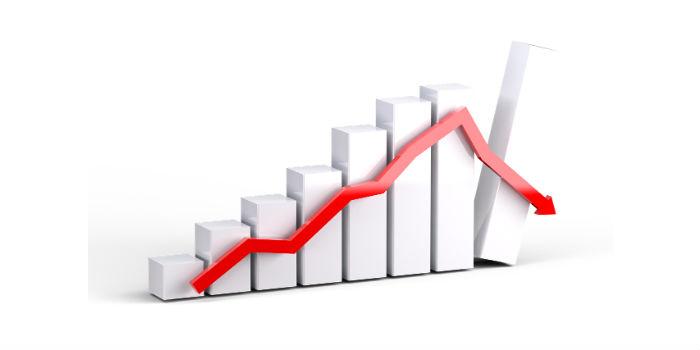 International. The slowdown in global manufacturing growth evident since late 2017 continued into the first quarter of 2019. Emerging trade and tariff barriers involving the United States and China, as well as the European Union, have exposed markets to a significant amount of uncertainty, which in turn has affected investment and future growth. This according to a report by the United Nations Industrial Development Organization (United Nations).
International. The slowdown in global manufacturing growth evident since late 2017 continued into the first quarter of 2019. Emerging trade and tariff barriers involving the United States and China, as well as the European Union, have exposed markets to a significant amount of uncertainty, which in turn has affected investment and future growth. This according to a report by the United Nations Industrial Development Organization (United Nations).
In the first quarter of 2019, manufacturing output growth rates of industrialized economies increased by just 0.4 percent compared to the same period a year earlier. Manufacturing growth rates have consistently declined each quarter, falling from 3.5 percent at the end of 2017.
Latin America's year-on-year growth rate remained negative in the first quarter of 2019. The contraction of 1.2 percent compared to the same period last year was mainly due to Argentina's continued recession and Brazil's decline in manufacturing output.
The disaggregated figures presented show that North America recorded a year-on-year growth rate of 1.8 percent, up from 2.5 percent in the fourth quarter of 2018.
Against the backdrop of uncertainty about the timing of the UK's withdrawal from the European Union (Brexit) and about the nature of its future economic relationship, disaggregated data show that manufacturing output of industrialised economies in Europe grew by only 0.3%.
Data for the first quarter of 2019 indicate a negative year-on-year growth rate for the two leading euro zone economies: manufacturing output fell by 2.3% in Germany and by 0.9% in Italy. France and Spain, by contrast, recorded positive year-on-year growth rates in the first quarter of 2019 (1.3% and 1.1%, respectively), following the declines observed in the fourth quarter of 2018. Manufacturing output increased 2.8%. in Norway, 1.5 percent in the Russian Federation and 5.0 percent in Switzerland.
For industrialized economies in East Asia, the year-on-year growth rate declined for the first time in 11 consecutive quarters. Manufacturing output contracted by 1.1 percent in the first quarter of 2019 compared to the same period a year earlier. Negative growth rates were observed in Japan (-1.1 per cent), the Republic of Korea (-1.7 per cent), Taiwan, the Republic of China (-3.7 per cent) and Singapore (-0.3 per cent).
According to UNIDO's seasonally adjusted estimates, China's manufacturing output in the first quarter of 2019 expanded at its strongest pace since 2015, reaching a growth rate of 7.3 per cent compared to the same period last year. This improvement in the growth figure amid an uncertain global trade environment could be influenced by the Chinese government's infrastructure investments in addition to fiscal and monetary stimulus. Experts have warned that the expansion of production is linked to accumulation around the world to avoid tariff increases. This will likely have a negative effect on demand in the coming quarters.
Among other Asian countries, manufacturing growth slowed in India and Turkey, but increased in Indonesia and Viet Nam by 5.1 percent and 4.1 percent respectively.
Growth estimates based on limited data for African countries generally indicate a very moderate increase in manufacturing output of only 0.7%. With growth of 6.3 per cent and 3.1 per cent, respectively, Côte d'Ivoire and Morocco represented countries with significantly increasing year-on-year manufacturing output in the first quarter of 2019. However, South Africa, the most industrialized country in the region, experienced a year-on-year growth rate of just 0.5 percent.
Globally, despite the slowdown, output growth in the medium- and high-tech sectors remained higher than in the low-tech sectors, a shift toward high-tech manufacturing that indicates that a structural shift is underway.
Source: United Nations Industrial Development Organization (United States).














